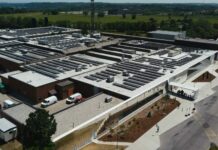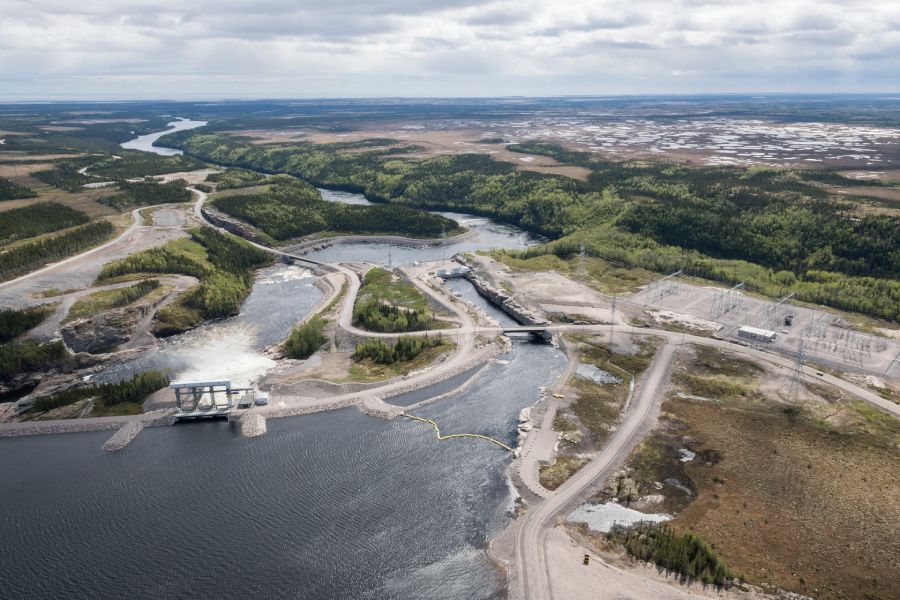Hydro-Québec announced the inauguration of the Romaine complex, its largest hydroelectric complex since Baie-James. Its four generating stations have now all been commissioned. The complex has an installed capacity of 1,550 MW and annual energy output of 8 TWh—enough to supply 470,000 households. Its energy is clean, renewable and available on demand, and contributes directly to Québec’s prosperity and decarbonization.
“I am very proud to inaugurate the Romaine facilities, the largest hydropower complex since Baie-James, and a monument to Québec engineering. This project is essential for our energy future, allowing us to meet Québec’s industrial needs for the next 100 years! I am especially proud that this project was carried out in partnership with the Innu nation, two great forces working together. Another source of pride is Hydro-Québec’s expertise and its standing as a global leader in hydroelectricity. Thanks to visionaries Jean Lesage, René Lévesque and Robert Bourassa, Québec chose hydroelectricity, clean energy that puts us way out in front for the energy transition. We need to capitalize on this strength to create more wealth while emitting less GHGs,” said François Legault, Premier of Québec.
The construction of the Romaine complex stretched from 2009 to 2023—a remarkably short timeframe for such a large project. It’s thanks to rigorous management and innovations deployed on the jobsite that Hydro-Québec was able to accomplish such a feat at a highly competitive price. The project cost $7.4 billion, or 14% less than the initial estimate.
“The Romaine complex is an invaluable legacy for Québec society. It plays an important part in a major energy transition, which is at the heart of the creation of a greener economy and a more prosperous society. I would like to thanks the thousands of workers, the Indigenous communities and the Minganois for their immense contribution, their sense of innovation and collaboration,” said Michael Sabia, President and CEO, Hydro-Québec.
The resale price of 6.4 cents per kilowatthour is also highly advantageous, especially given that the Romaine provides both energy and capacity—making it possible to balance variable generation from other renewable sources, such as wind and sun.
The Romaine project was unfortunately marked by the death of four workers. These accidents led Hydro-Québec to thoroughly review and strengthen its health and safety practices. Today, as we inaugurate the complex, our thoughts turn to our dearly departed colleagues and their families. We also take this moment to renew our commitment to keeping health and safety a top priority.
The completion of the Romaine complex would not have been possible without the contribution of all the men and women who worked there. In addition, the close collaboration of the Innu and Minganois communities enabled us to adapt our practices to the realities of this vast territory.
“Investing in hydroelectricity and the electrification of our economy is crucial for meeting our decarbonization goals. La Romaine is a symbol of what Québec can accomplish when we are bold and ambitious,” said Pierre Fitzgibbon, Minister of Economy, Innovation and Energy.
Featured image: (Hydro-Québec)















